
It goes without saying that Marvel Studios has managed to crack the comic book movie adaptation unlike any other studio. They’ve remained faithful to the source, while still taking on a shape of their own in the cinematic realm. Hiring perfectly-suited, yet out-of-the box talent to spearhead each film and building an interconnected cinematic universe is no small task and a groundbreaking venture unlike any we’ve seen on film to date. It’s been, for the most part, an awesome thing to watch unfold.
So, now that we’ve firmly established what Marvel’s gotten right, there’s one thing that continues to cripple their efforts; the bad guys.
Now, I’m not the first to tackle this issue. There’ve been a lot of great pieces written about this problem since the close of Phase One, starting with 2008’s IRON MAN and has continued all the way up to their most recent effort, ANT-MAN. And, certainly with Marvel’s box office success I’m sure they could give two shits about what I have to say about their villain failings, but I’m going to say it anyway.

Fortunately, it’s not a total wash, as Marvel has gotten at least a few of the villain roles right, namely Tom Hiddleston’s Loki and Sebastian Stan’s Winter Soldier (although I’d argue he’s more anti-hero than villain). Both of those characters benefit from a rich history with their key antagonist (Thor and Captain America, respectively), and each are vastly different from one another with completely different motivations as well as methods of mayhem. I’d also toss in Robert Redford’s Alexander Pierce, but that could be up for debate. Additionally, I’d throw in Vincent D’Onofrio’s Kingpin in the Daredevil TV series, as he is phenomenal there. Yes, he’s part of the MCU, but the focus here is on the films…for now. The above all benefit from complexity of character, which makes you root for them, while still rooting for them to get their comeuppance.
The issue with every other major cinematic villain, including Obadiah Stane/Iron Monger, The Abomination, Whiplash, Red Skull, Aldrich Killian/faux Mandarin, Malekith, Ronan The Accuser, Ultron, and most recently, Yellow Jacket, is that we don’t learn enough about them to actually care about what happens to them, be it through historical background or villainous deeds and they mostly fit into a standard plug-and-play trope. Aside from looking cool, they don’t really have much going on. Complex doesn't even enter the equation.

It’s not a question of casting or design, either. Those aspects have been mostly fine, if not mostly solid. The problem is that more often than not each villain turns into a maniacal ranting baddie with little to no substance of character. We know so little about them or their motivations that it’s near impossible to care about them or why they even pose a legitimate threat. Ironically, they become a comic book stereotype. Their motives and actions are shrouded in mystery, leaving the audience with a “I don’t know what they were after, but it sure was cool seeing them get their asses handed to them” feeling.
Now, mystery isn’t a bad thing. In fact, it can work in the character’s favor if it’s counterbalanced with their deeds and character. Look at THE DARK KNIGHT’s Joker, played by the great Heath Ledger. We learn nothing solid about him (even his own "origin" ramblings can’t be taken as fact), but his behavior and cunning make him downright frightening, which in turn makes the mystery of who he is that much more intriguing. He’s a great foil and compliments his primary antagonist perfectly. We want to hate him, love him, see him get his due, and ultimately learn a lot more about him. We certainly don't forget about him when the credits roll.

This summer’s AVENGERS: AGE OF ULTRON brought the promise of a great new baddie with James Spader’s titular villain, but instead we got a talky robot that had more one-liners than character beats and was about as scary as a malfunctioning C-3PO. He felt more like the politician bad guy in an ‘80’s action movie than a full on force to be reckoned with in a comic book film. This is the bad guy going up against a team of superheroes; he needs to at least appear to be someone to contend with. Sure, he wreaked some havoc, but he spent more time running away than fighting and it never felt like he had or could attain the upper hand.
Then came ANT-MAN, an otherwise great little actioner (and more entertaining than AVENGERS: AGE OF ULTRON in my book) that suffered in the villain department yet again. Corey Stoll’s Yellowjacket/Darren Cross was yet another power-hungry baddie who wanted to get back at Hank Pym for…whatever reason. We never learn why Pym mentored Cross (seriously, why was he ever even chosen by Pym?) or what their falling out was or why it mattered so much to Cross. And, I don’t blame Stoll, he did what he could with what he had, but in the end he was just another bad guy to be disposed of, rather than a foil to be reckoned with.

The trouble on the horizon now falls to Thanos, who has been built up since the first Avengers film and teased along the way as THE big villain that will shake the heroes up in not one, but two Avengers films (AVENGERS: INFINITY WAR PARTS 1 & 2). That’s a tall order for someone that’s had one speaking scene and a few post credits teases. The thing about Thanos in the comics is that he is a complex, interesting, and scary villain. His obsession with death (both literal and figurative) is a journey that deserves more than a flashback or exposition scene as it’s the foundation of his character. Without it, he’s a purple hulk with a magic glove and while that may make for some fun cinematic mayhem, it does little to make us think he could actually win or that the heroes should fear him. His character deserves to be fleshed out (and, dare I say, get his own film).
So, how can Marvel fix their villain problems? Well, for one, they can go back to the source for their inspiration, just as they did with the good guys. Kevin Feige has long been adamant about the comics serving as the backbone of these characters, but most of it seems to only have been applied to the heroes. There are tons of great stories and beats to pull from when crafting the villains, many of which shine a spotlight on who these characters are and why they are such a threat. It’s all on the page.

The other thing that they can do is dedicate a little more screen time to the bad guys. Oftentimes, we get just enough to push the story along, but not enough to get into their heads or get a feel for who they are or why they’re doing what they’re doing. Even if it was just pure madness, we should have a strong distinction as to their motivations. Sure, there have been subtle hints and expository explanations, but nothing that SHOWS us who these villains are.
Character may be the biggest issue. While attempts have been made to define these individuals with a personality or traits that make them unique (IRON MAN 3’s Aldrich Killian is a good example, although he ultimately backfired), they constantly devolve into the raving maniac at the end of his rope, usually to usher in that final battle. There’s no true arc, just final defeat. The bad guy has been taken down, the good guys rule the day, all is realigned, just as we knew it would be. There’s never any doubt that the good guys will save the day. How can there be anything major at stake when you never really feel that way?

When you think of some of the best villains to ever grace film (and there are far too many to all name here), such as Hans Gruber, Darth Vader, The Joker (Nicholson and Ledger), Hannibal Lector, Max Cady, Commodus, Hal 9000, Norman Bates, etc., each of them were distinct in character, action, and cunning. We didn’t learn everything about their history and many are shrouded in mystery, but they still left an undeniable impression and you feared their intentions, because you actually believed that they’d follow through with them and, quite possibly, could accomplish their evil goals. The Marvel villains have barely come close to scratching that surface, minus the aforementioned exceptions.
None of this is meant to say that things need to be more “serious” or “dark” in tone, but merely more thought-out, balanced, and…better. With Marvel getting so many things right, why not go for the whole enchilada? A little more time, energy, and effort into creating some villains that aren’t just a raving punching bag for the good guys would go a long way in pushing their brand into the next phase, especially if they want to keep momentum. DC is entering the race next year with two new entries and the scorecard will get much more competitive. Judging just from the trailers for BATMAN V SUPERMAN and SUICIDE SQUAD, I think it'll be a good fight for who does the bad guys more justice.
Moving forward, Marvel has Thanos (AVENGERS: INFINITY WAR PARTS 1 & 2), Crossbones & Baron Zemo (CAPTAIN AMERICA: CIVIL WAR), Baron Mordo & Dormammu (DOCTOR STRANGE), and other as-yet-named baddies in their Phase 3 line-up (not to mention the Spider-Man universe being back in play – 3rd times the charm for Green Goblin, perhaps?). It’s my hope that each of them will become something more memorable in the MCU than the mostly lackluster line-up we’ve had so far. With the high level of craftsmanship going into these films from so many talented individuals, I think it’s time to pay a little more attention to their most neglected aspect. Let’s show the bad guys some love, Marvel.

What do you think? Do you find the villains in the MCU poorly developed or fitting to the material? What would YOU want them to improve upon? Sound off below!


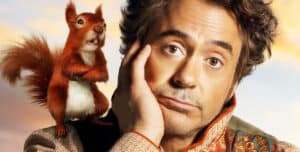
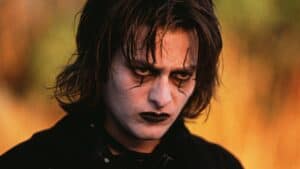
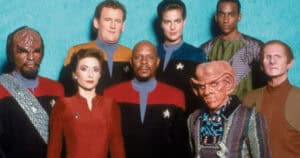
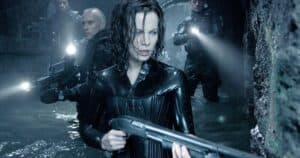
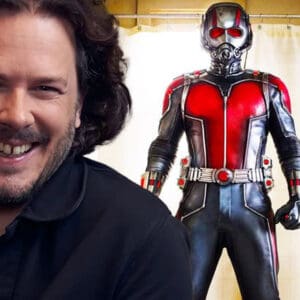
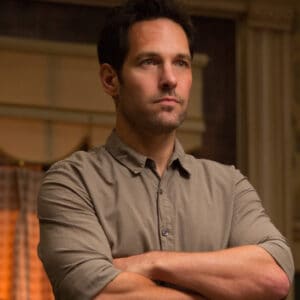
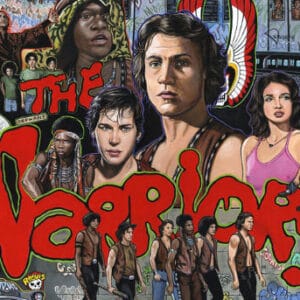
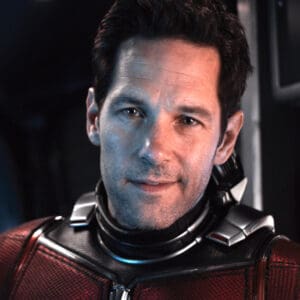
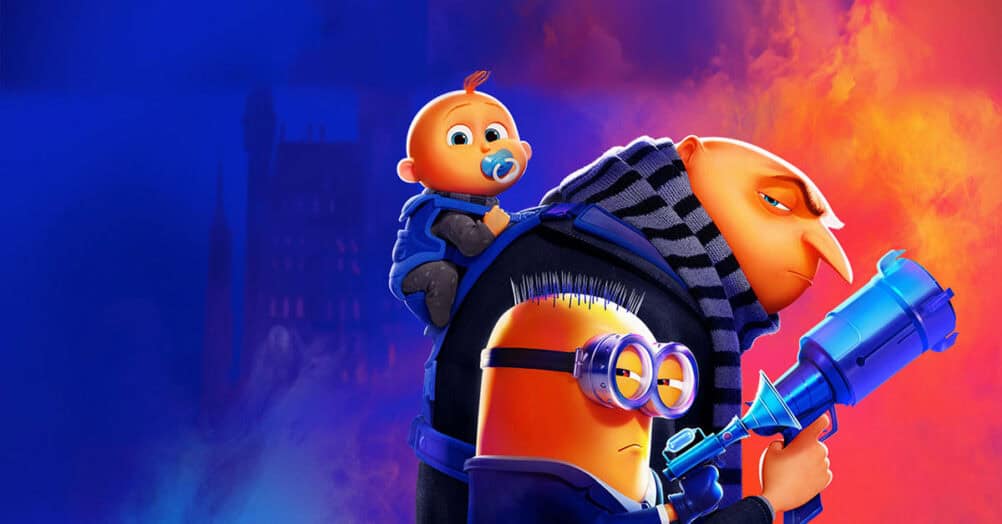
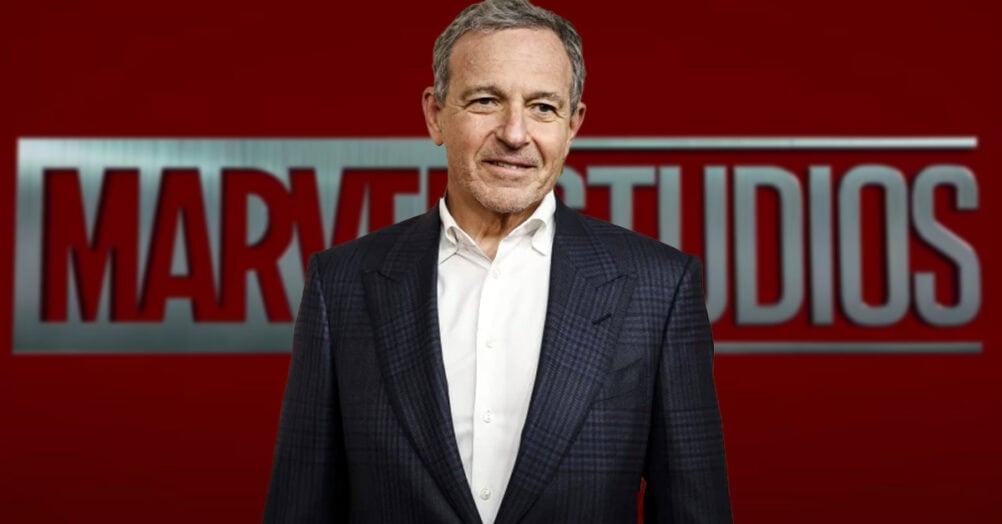
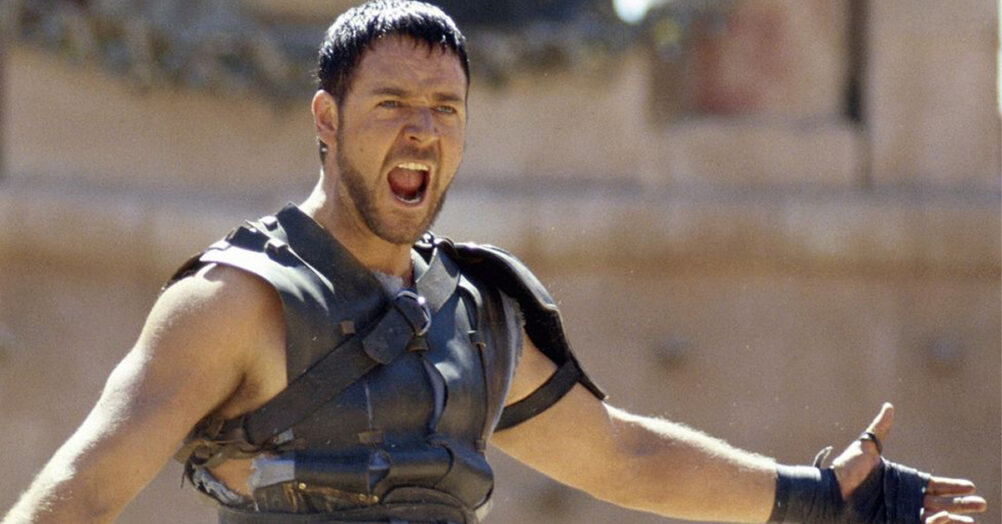
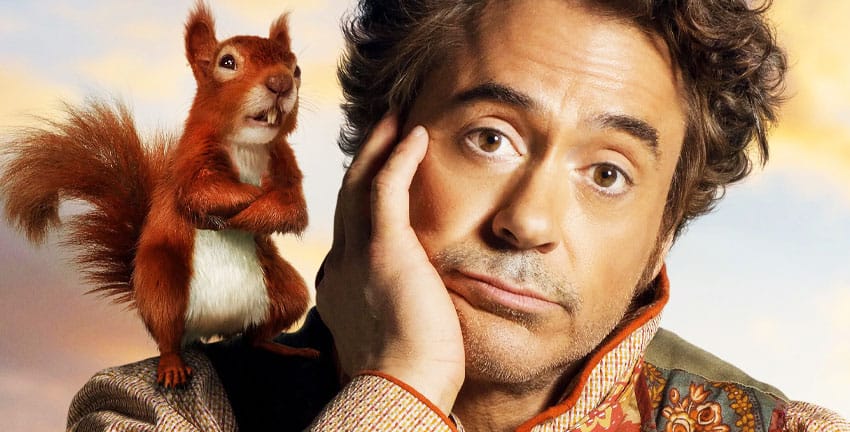
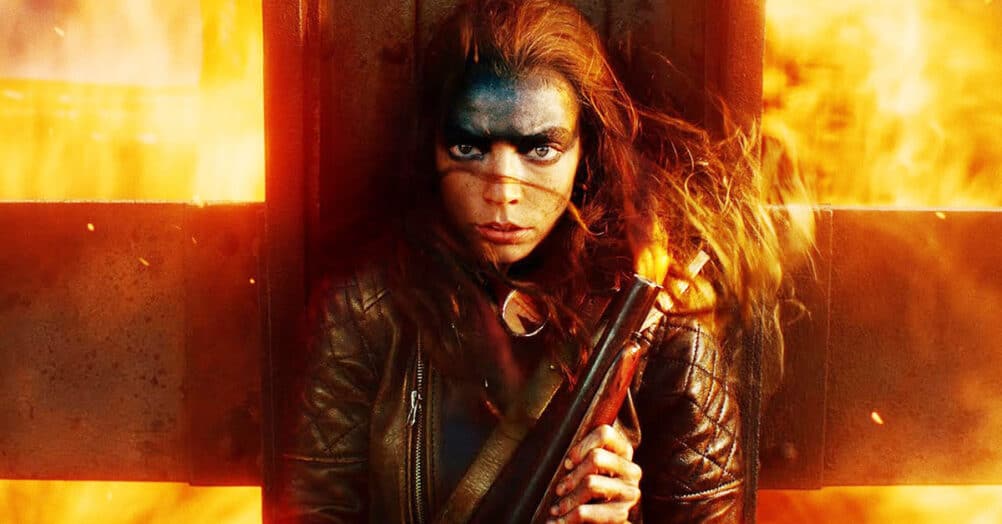
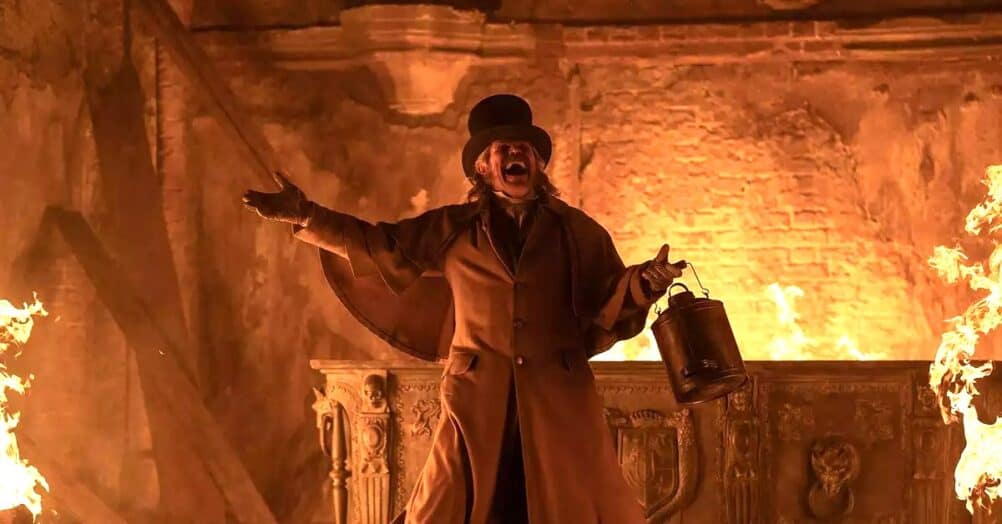
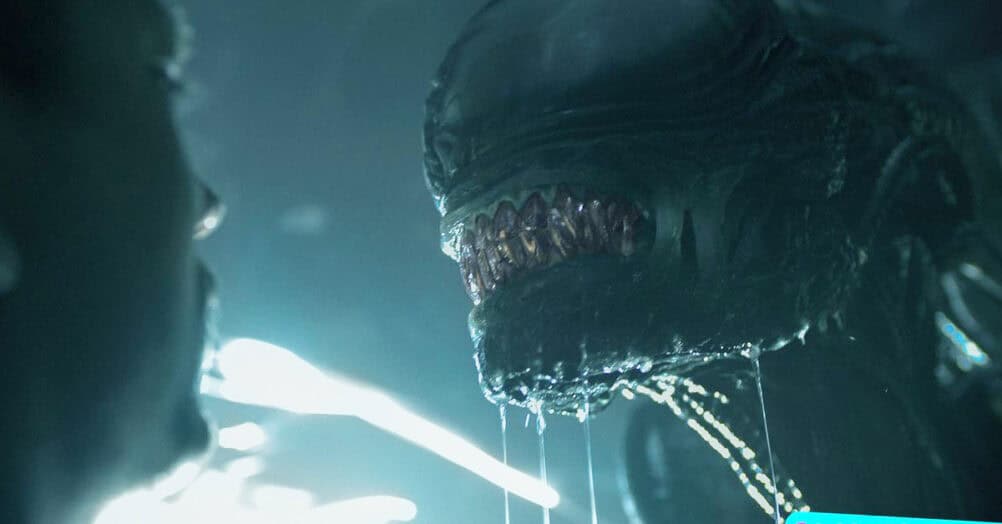
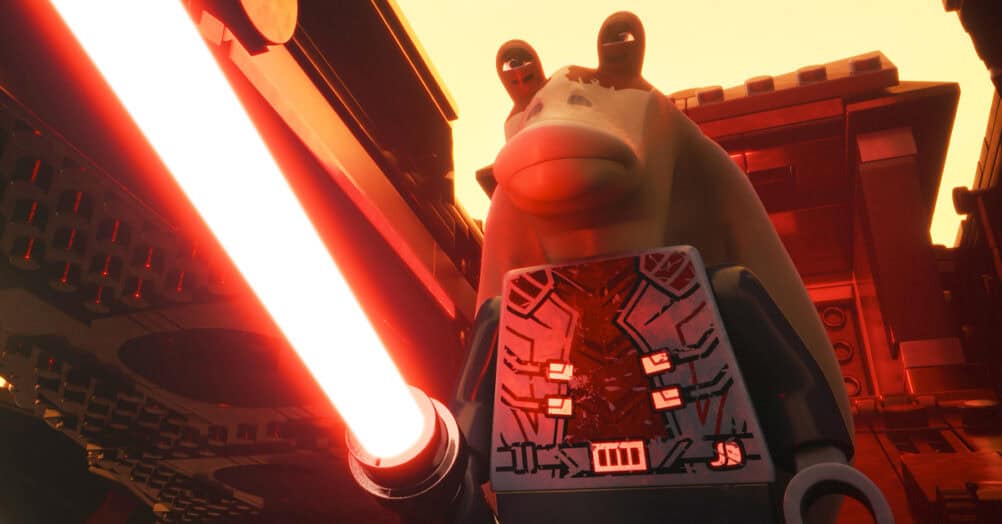
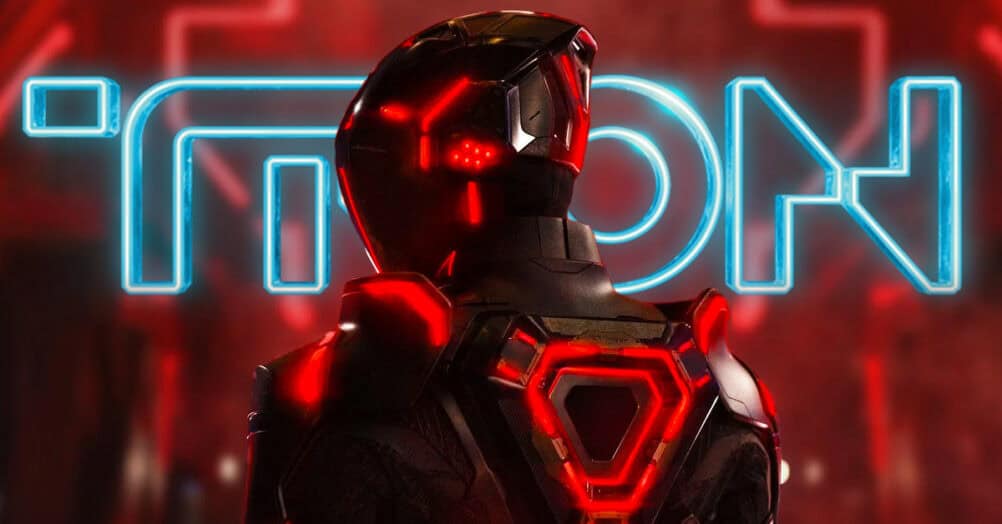
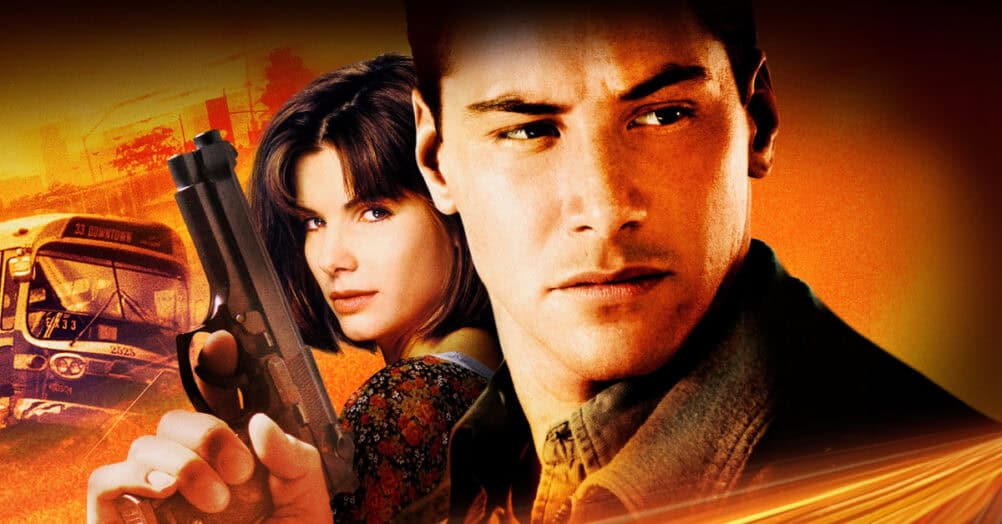
Follow the JOBLO MOVIE NETWORK
Follow us on YOUTUBE
Follow ARROW IN THE HEAD
Follow AITH on YOUTUBE